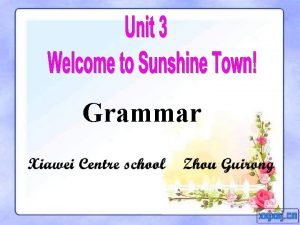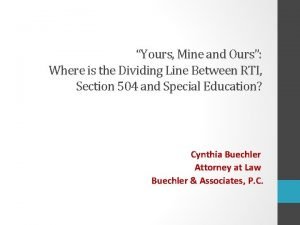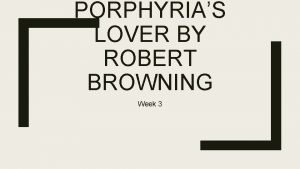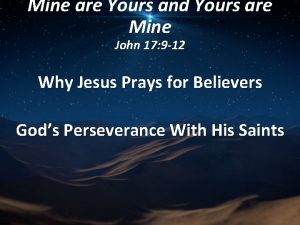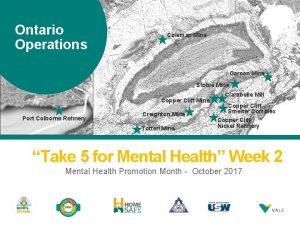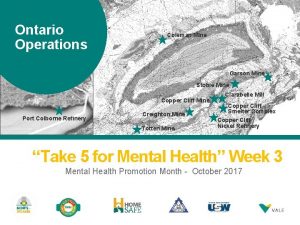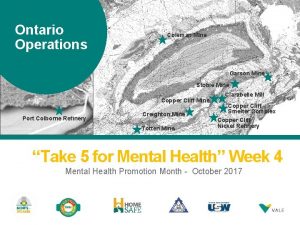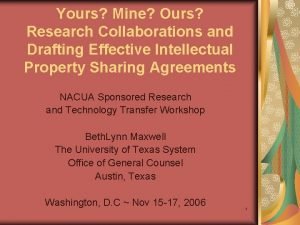INDIVIDUAL RIGHTS Where do yours end and mine










- Slides: 10

INDIVIDUAL RIGHTS Where do yours end and mine begin?

SCREAMING FIRE!! A man is sitting in a crowded movie theatre when he suddenly stands and begins screaming “Fire!” causing the dozens and dozens of movie goers to panic and rush for the one and only exit door. In the midst of the rush the people are pushing and shoving. Several people fall to the floor and are kicked and stepped on. Once safely outside, many of them must receive medical care.

SCREAMING FIRE!! Weeks later the same people are all sitting in a court room. It turns out, there was no fire and they were harmed for no reason other than the fact that they were responding to the man who screamed “fire”. They are now suing him for their medical expenses. The man’s claim is that his right to free speech is protected and he is not at fault for their actions. In two or three sentences, do you agree with him?

INDIVIDUAL WORK You will have 20 minutes to read your case and answer Questions 1 -5 on your own!

YOU ARE THE TEACHER! You will have 10 minutes each to tell your partner what your case was all about! (Questions 1 -5)

COLLABORATION! You will have 20 minutes to talk with your partner and answer Questions 6 & 7 together! (Both sides of the paper!)

TINKER: THE RULING In a 7 -2 decision, the U. S. Supreme Court ruled in favor of the Tinkers. Justice Fortas wrote the majority opinion, ruling that students retain their constitutional right of freedom of speech while in public school. The justices reasoned that neither “students (n)or teachers shed their constitutional rights to freedom of speech or expression at the schoolhouse gate. ” Because student expression is protected by the First Amendment even while in school, school officials must provide constitutionally valid reasons for regulating student expression.

TINKER: THE RULING School officials must show that the expression would cause a “material and substantial disruption” with the discipline and educational function of the school. The Court decided that allowing the Tinkers to wear their armbands protesting the Vietnam conflict would not “substantially interfere with the work of the school or impinge upon the rights of other students. ” Wearing the armbands was a “silent, passive expression of opinion” that did not involve any “disorder or disturbance, ” and was unlikely to cause a “material and substantial disruption” in the school.

HAZELWOOD: THE RULING The Supreme Court ruled against the students in a 5 -3 decision. Justice White wrote the majority opinion, concluding that the First Amendment does not prevent school officials from exercising reasonable control over the content of school-sponsored publications.

HAZELWOOD: THE RULING Due to the fact that this newspaper was done as part of a journalism class and not open for any students in the whole school to submit articles, the primary function of the paper was for educational purposes. The First Amendment rights of students in public schools are not necessarily equal to those of adults outside of schools. “A school need not tolerate student speech that is inconsistent with its ‘basic educational mission, even though the government could not censor similar speech outside the school. ”
